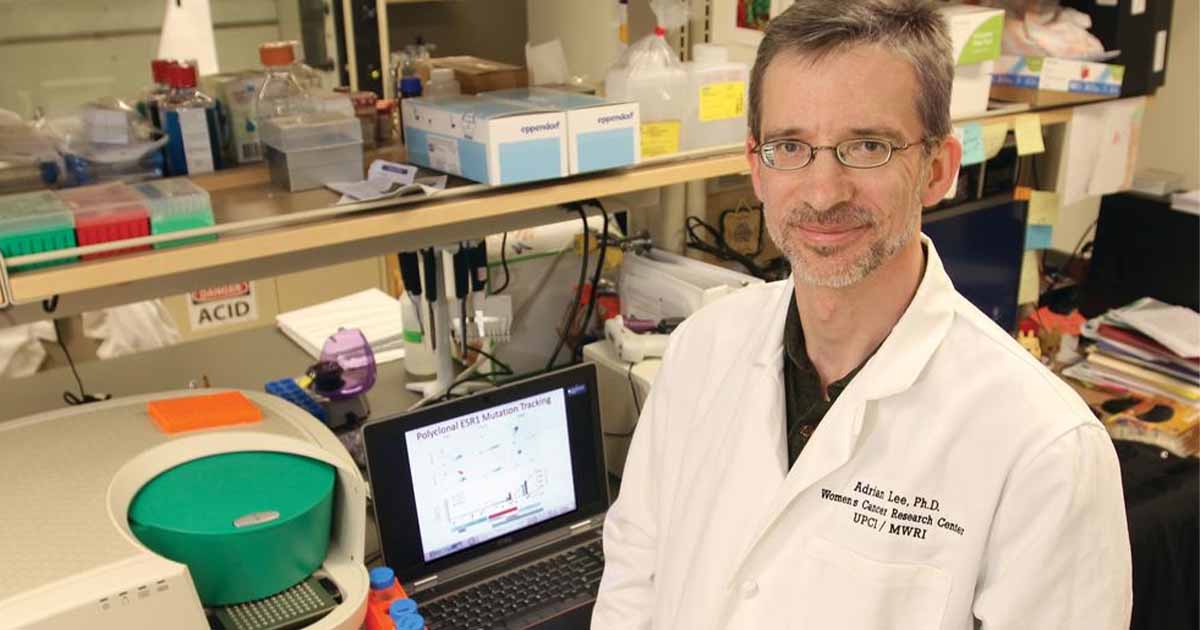Some say health IT still needs cadre of leaders
Moving the meaningful use of health IT forward has called for an increase in the workforce to provide doctors and hospitals with help establishing their EHRs.
To meet that need, the American Reinvestment and Recovery Act (ARRA) established a consortium of 82 community colleges, designed to offer six-month training courses for as many as 10,500 students each year. In addition, the government provided nearly $70 million in grants to five community colleges this year, assigned with leading a federal healthcare IT training program.
But has the Community College Consortia to Educate Health Information Technology Professionals been delivering?
Since its inception last year, some members of the Health Information Policy Committee have argued that the program does not provide enough hands-on training. However, Patricia Dombrowski, director of the Life Science Informatics Center at Bellevue College in Bellevue, Washington - head of Region A of the program, covering the 10 northwestern states - has good things to report about the program's success. Her region surpassed all of its goals last year, she says. The school had a goal of enrolling 2,400 students. It enrolled 3,520. More than 2,100 students graduated and 1,415 were placed in jobs.
Proprietary issue
Dombrowski says if there is a lack of hands-on training, it's not for a lack of trying. Vendors have been unwilling to grant students access to their electronic health record products, for fear of proprietary breach.
Dombrowski says she is confident, however, that healthcare IT vendors will come around. "It's an indication of how young this sector is. The idea of what's proprietary is still so incredibly high," she says.
To solve the problem for now, Dombrowsi says her region has been working to attract vendors to set up a vendor lending library. In addition, the Office of the National Coordinator for Health Information Technology has provided access to the Veterans Administration's VISTA system.
Dombrowski says a lot of people have had the misconception that the program was meant to teach health IT to people with no skills, but it is designed for people with at least one robust skill set. Many of those taking the community college training in her region are buffering their outlook of keeping a job in a part of the country where unemployment is higher than the national average.
"We have a huge amount of dislocated IT workers," she says. "It's really heartening to know the average student is over 40 years old."
Charles (Chuck) Friedman, ONC's former chief scientific officer was responsible for developing the community college Consortia program. "There is a very broad spectrum of what is needed," Friedman says. "ARRA called for six-month training programs. What you can do in six months is what you can do in six months," he says. "It may be a little misunderstood what the program is capable of. We were all concerned about what could be done with six months."
That doesn't mean there won't be education available that can offer more than the community college consortia. Last September, Friedman left ONC for what he considered an unprecedented opportunity, to help launch a Master of Health Informatics program at the University of Michigan, to be offered jointly by the School of Information and the School of Public Health. The new program began this fall.
Friedman said the program is indicative of the changing times. "It's safe to say there is nothing like this program in the country," he says.
"We are really trying to skate to where the puck is going to be," says Friedman. "This field desperately needs a whole cadre of leaders who are trained as leaders."
Meghan Genovese, senior associate director of the new degree program at the university's School of Information and the School of Public Health says the university saw the growing need for leaders and innovators in health informatics, and it was somewhat launched because of student initiative.
"We felt the timing was right, with a strong enough faculty and growing student interest," she says.


